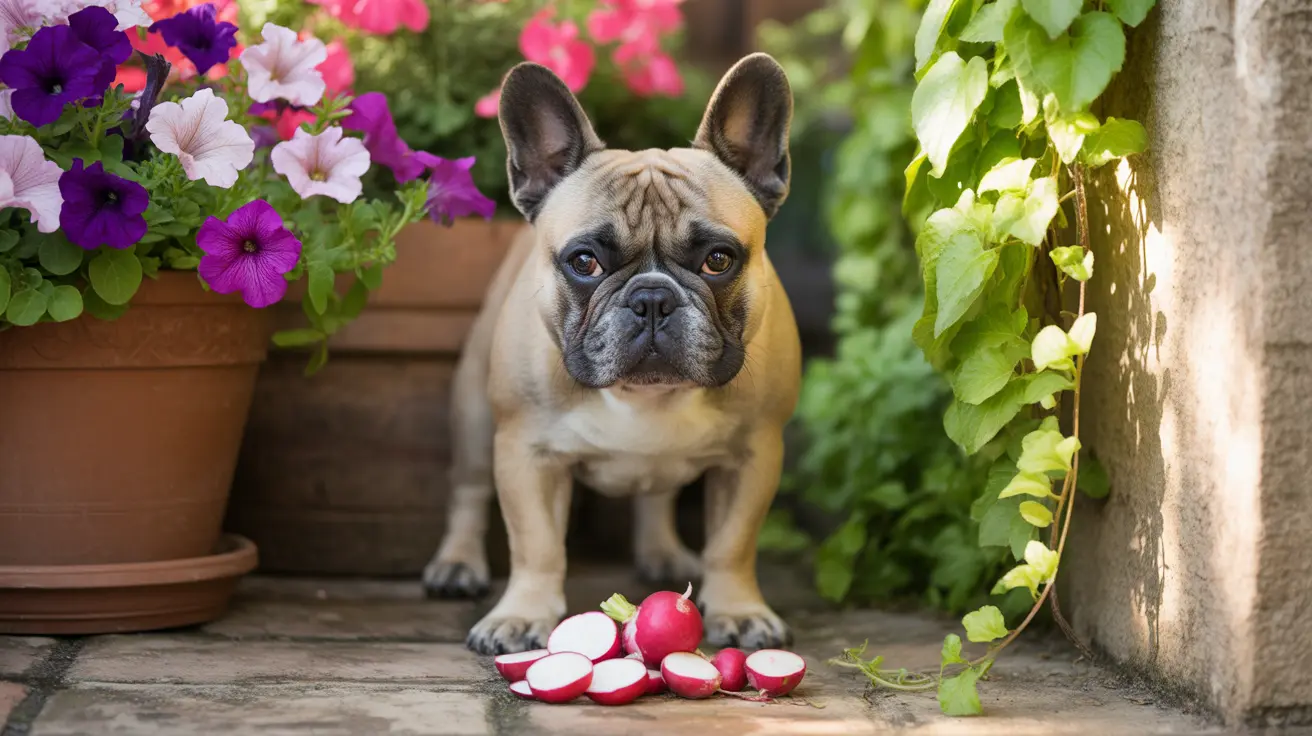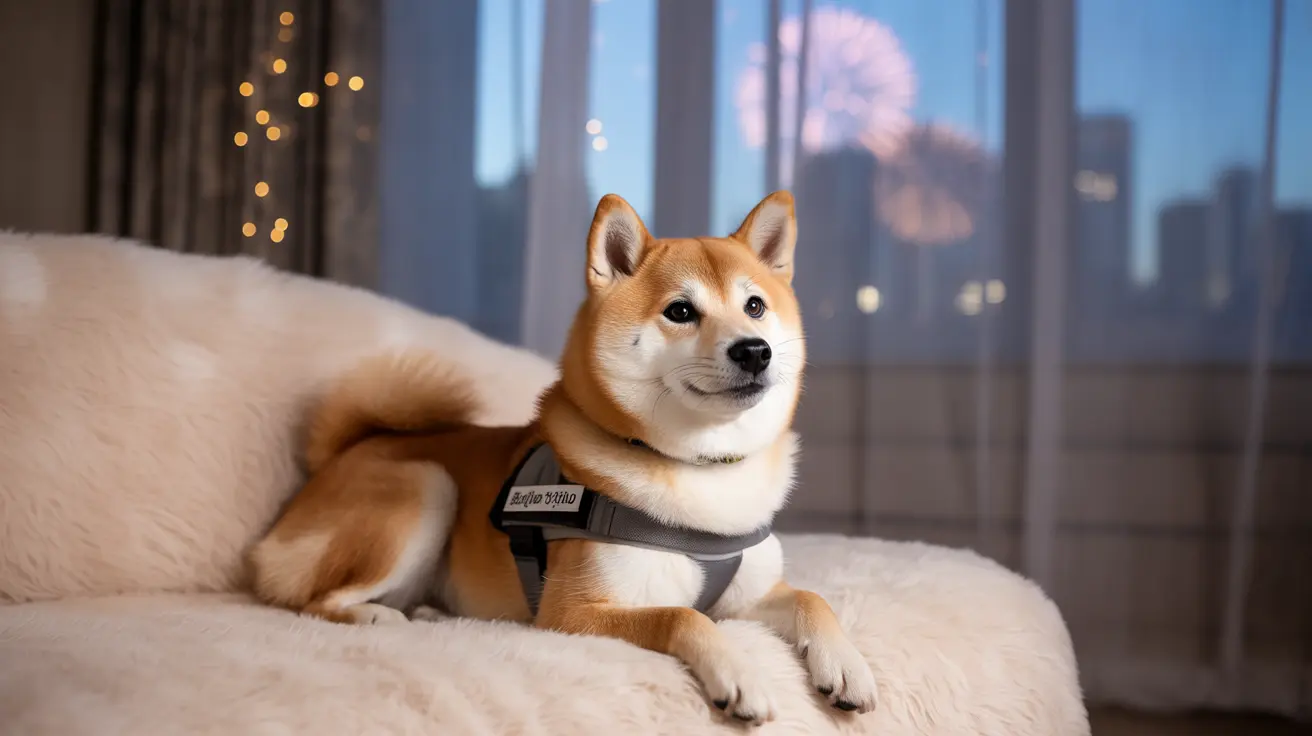The 3-Day Potty Training Trick for Adult Dogs
Potty training an adult dog can often seem challenging, particularly if the dog is newly adopted or comes from a background of inconsistent or nonexistent training. However, with a focused, consistent approach over just three days, you can lay a solid foundation for a lifelong habit of appropriate elimination. Below, we explore the so-called 3-day potty training trick, which emphasizes structure, supervision, and strict adherence to a schedule.
Why Choose the 3-Day Method?
The technique is not about completing potty training in three days, but rather about setting a behavioral groundwork that accelerates learning. It requires dedication and attentiveness but can produce impressive results when followed correctly.
Key Components of the 3-Day Potty Training Approach
- Rule Out Medical Issues: Before starting, check with a veterinarian to ensure health isn’t a factor. Conditions like urinary tract infections, diabetes, or mobility limitations may impact your dog’s ability to hold it.
- Establish a Strict Routine: Dogs thrive on predictability. Take your dog outside at designated times—first thing in the morning, after meals, after play or naps, and before bedtime. Stick to the same times each day to reinforce the expectation.
- Close Supervision: During this 3-day training, your dog should never be left unsupervised indoors. Use a leash attached to your belt, baby gates to keep them within one room, or crate training to manage behavior when you can't watch them.
- Frequent Potty Breaks: Initially, take your dog outside at least every 60 minutes. This increases the chance that they'll go outdoors and offers plenty of opportunities for success.
- Positive Reinforcement: Immediately reward successful elimination outside with praise and high-value treats. Dogs associate immediate rewards with behavior, so timing is crucial—reward within 1-2 seconds.
- Choose a Consistent Potty Spot: Use the same outdoor location for each trip so your dog begins to associate the spot with bathroom behavior. If needed, use a piece of soiled paper or previous accident material to signal where to go.
- Recognize Potty Cues: Learn your dog’s signs such as sniffing, circling, whining, or heading to the door. Promptly get them outside when these cues appear.
- Manage Accidents Calmly: If an accident occurs, calmly interrupt and rush the dog outside. Never punish or scold, as this can create anxiety or fear and hinder progress. Clean up with enzymatic cleaners to avoid repeat accidents in the same spot.
Introducing Crate Training
The crate acts as a short-term confinement tool that discourages indoor elimination and teaches bladder control. Ensure the crate is properly sized—big enough for comfort, but not so large that your dog can relieve itself in one corner and rest in another.
Gradual Freedom
After the initial three days, allow more freedom gradually. Increase access to different areas of the home as your dog shows consistent potty habits. Always supervise expansion to catch potential regressions early.
Understanding the Dog's History
Dogs adopted from shelters or who have lived outdoors may not understand the concept of house training. Patience and clear communication are key. If you have a house-trained dog, their presence can model appropriate behavior for the new dog.
Special Considerations
- Marking and Anxiety: Male dogs may mark new territory indoors. Address marking and separation anxiety behaviors alongside house training efforts.
- Legal Indoor Options: If leaving the dog alone for long hours is unavoidable, offer options like pee pads or an indoor dog potty to prevent accidents indoors.
- Keep Records: Maintain a log of feeding times, potty trips, and accidents to identify patterns and fine-tune the routine.
Long-Term Success
Though the 3-day method won't fully potty train your dog, it jumpstarts the process and sets a disciplined tone. Many adult dogs achieve consistency within a few weeks, with individual or health factors possibly extending this timeline. Always prioritize patience, positive reinforcement, and clear structure.





